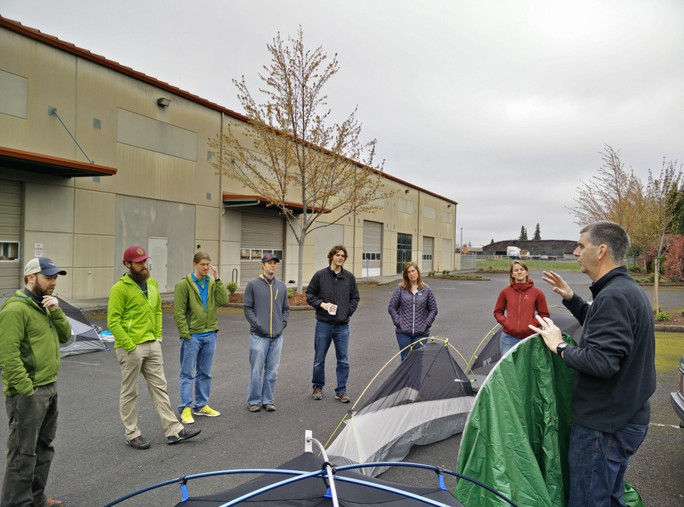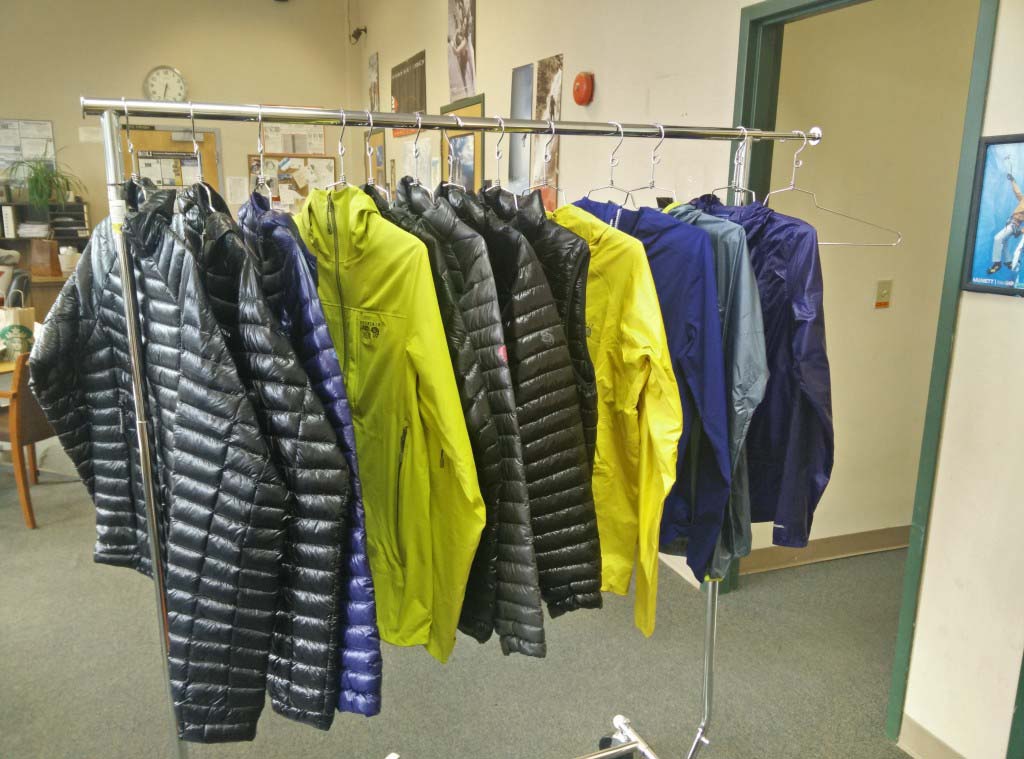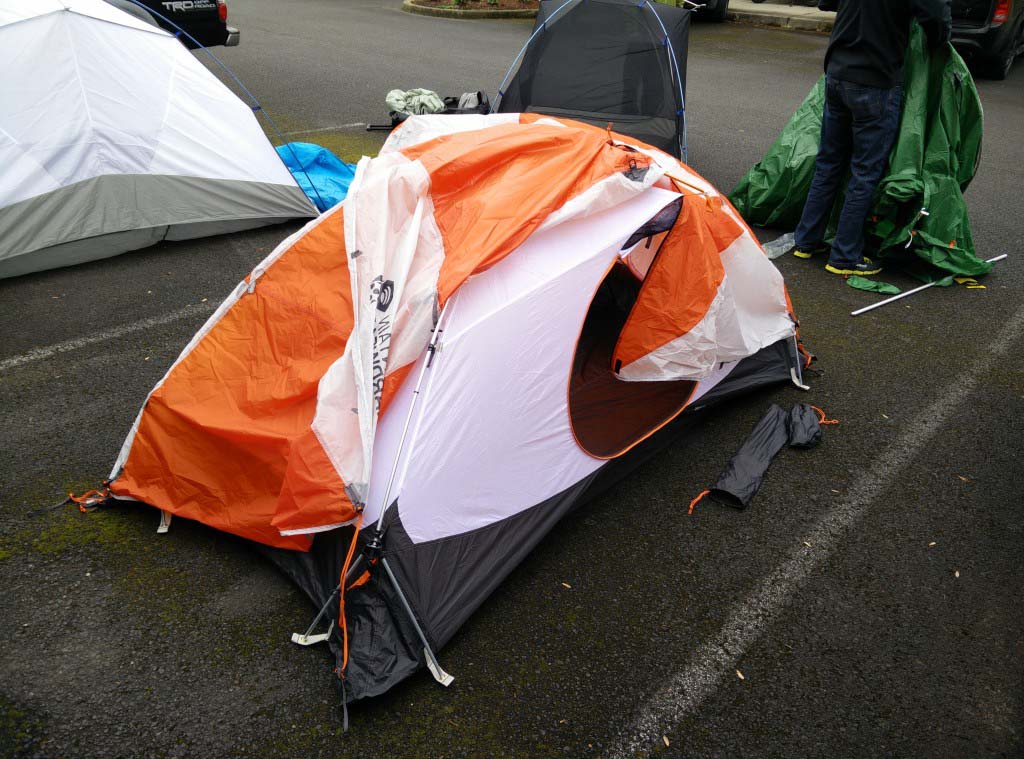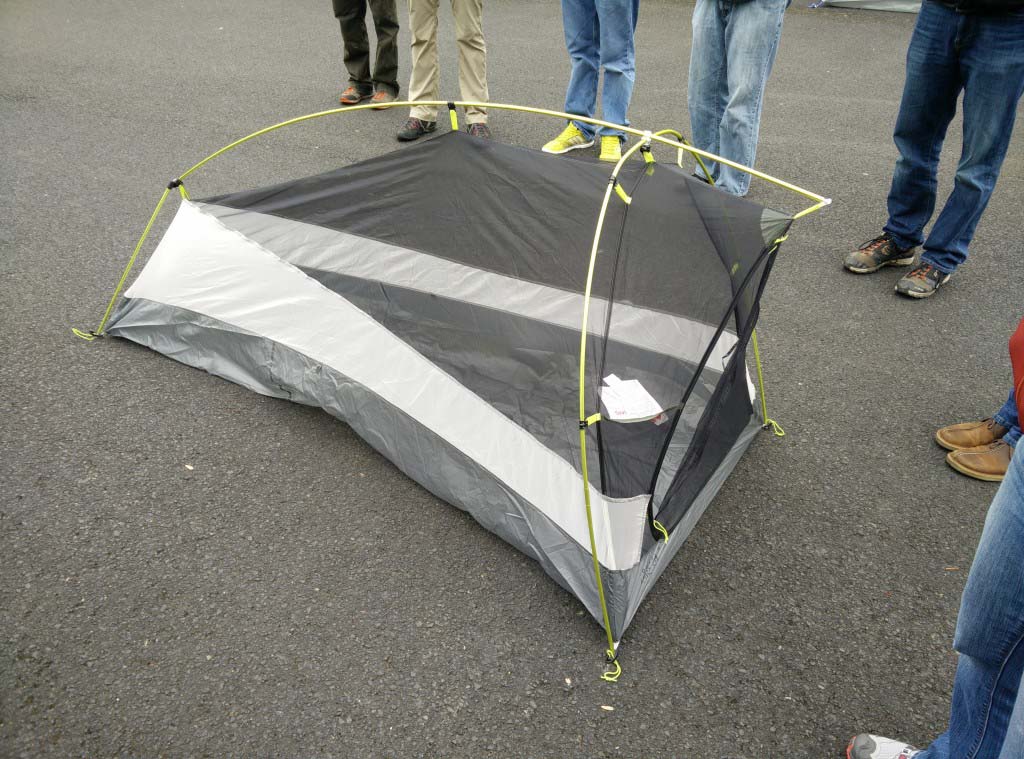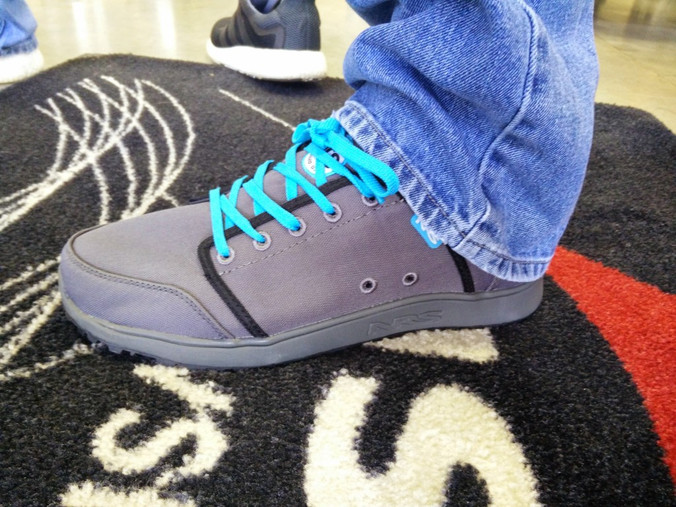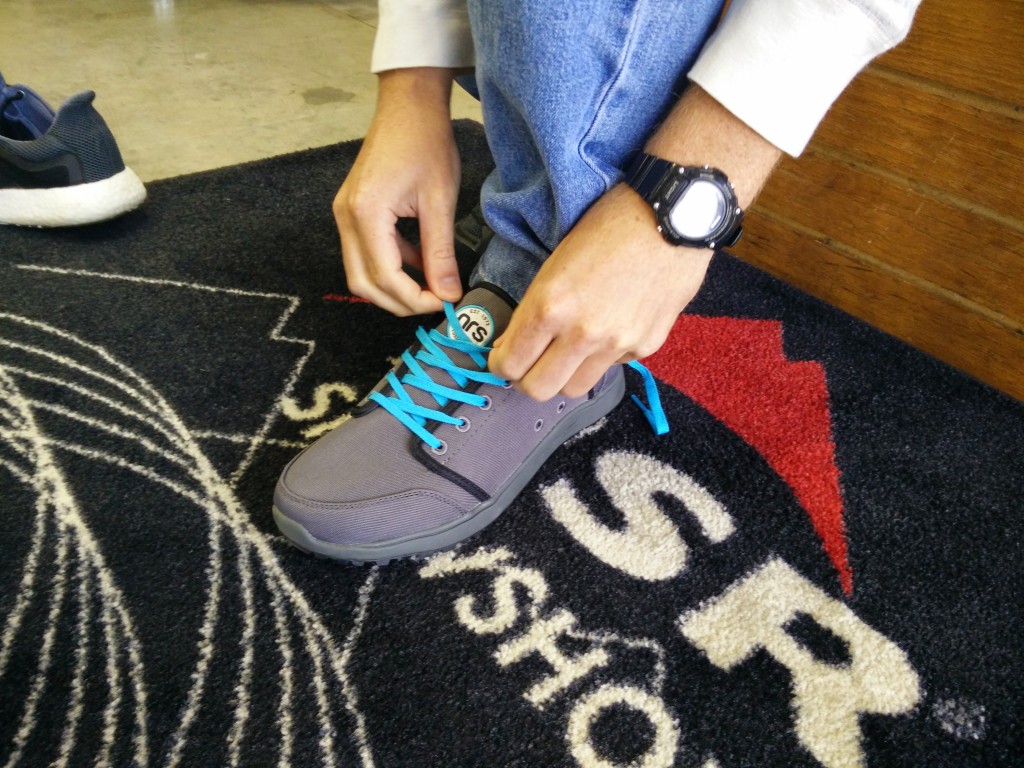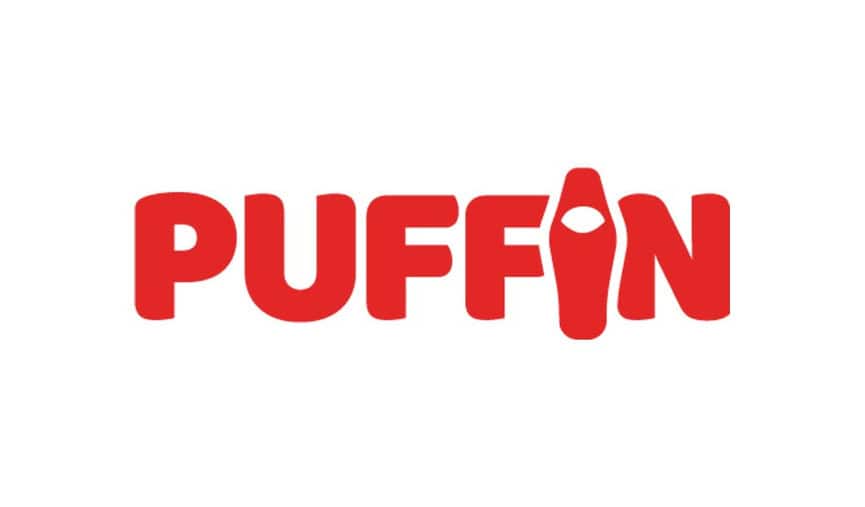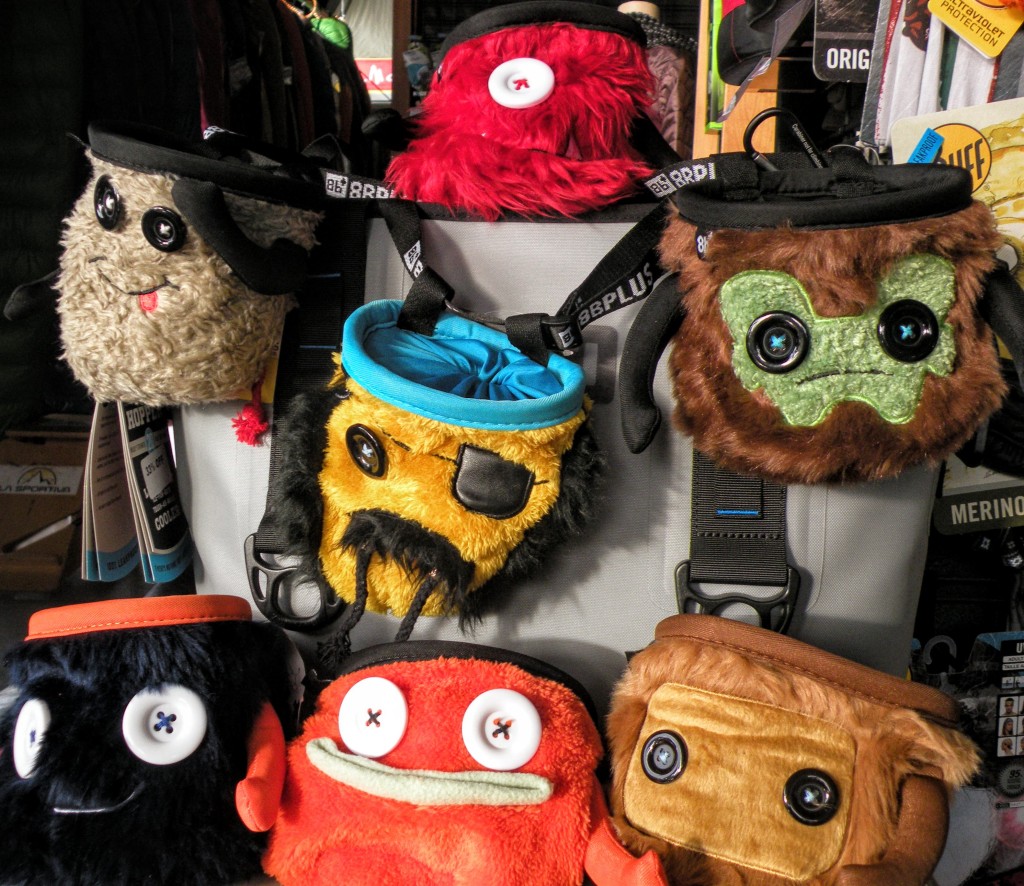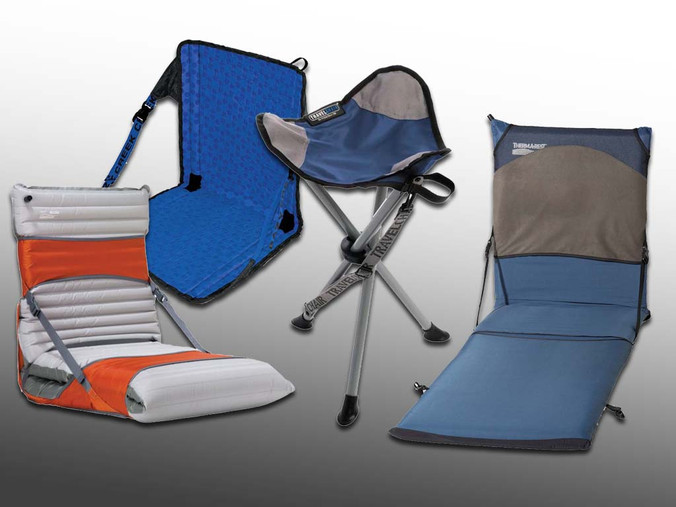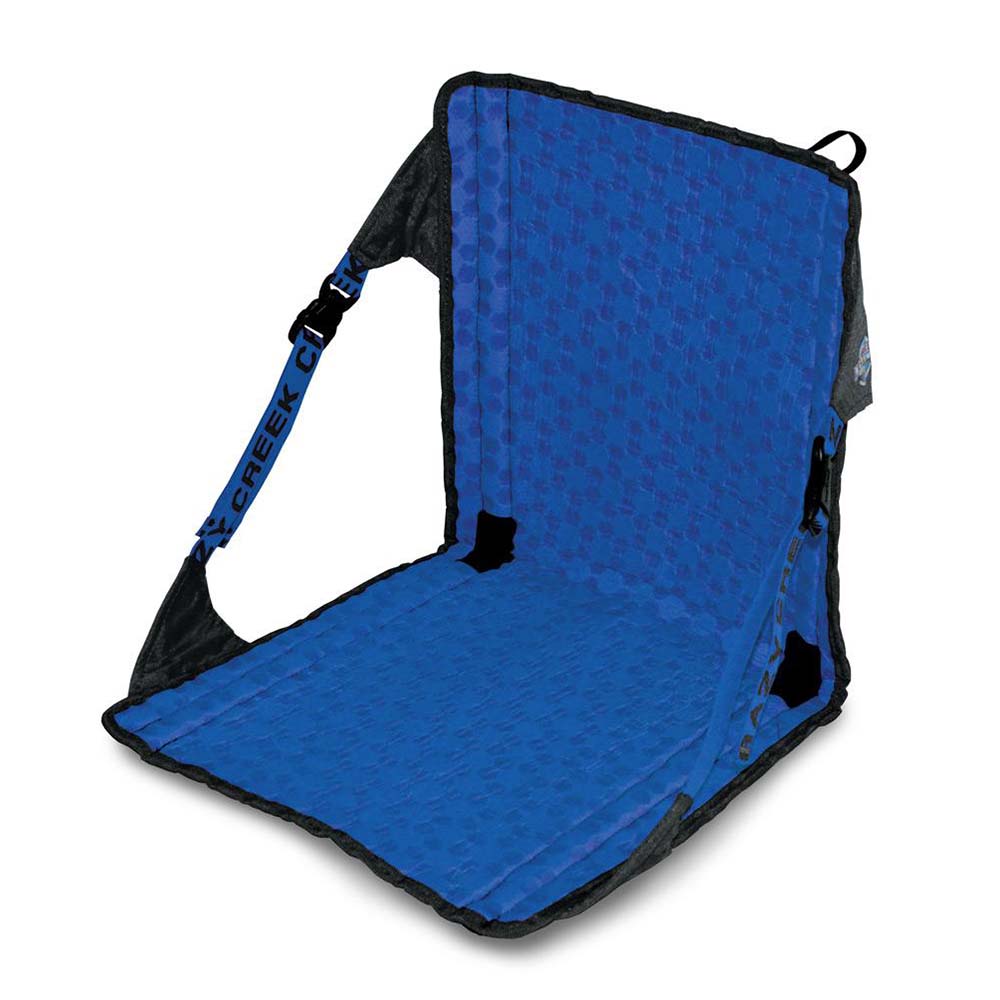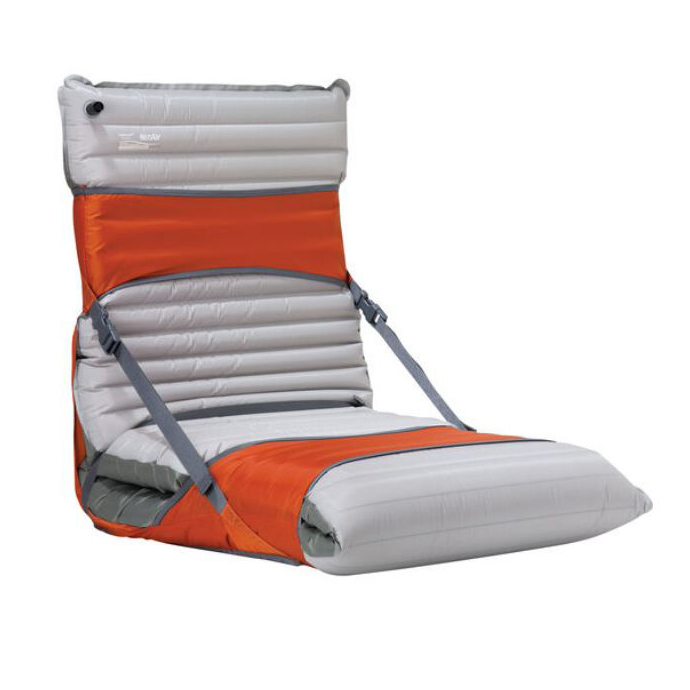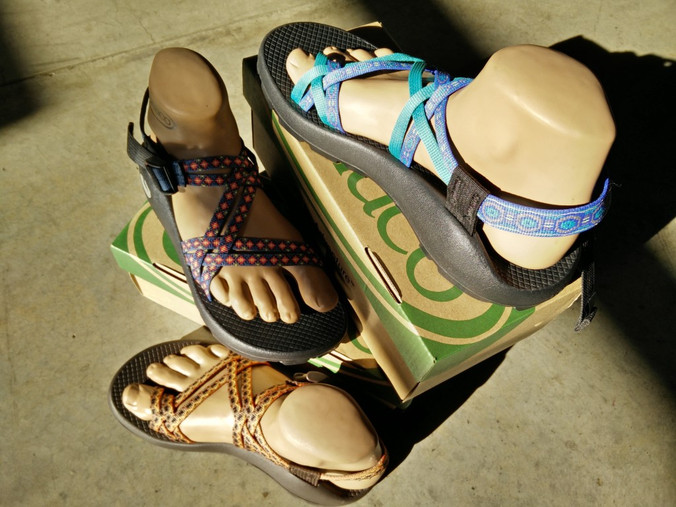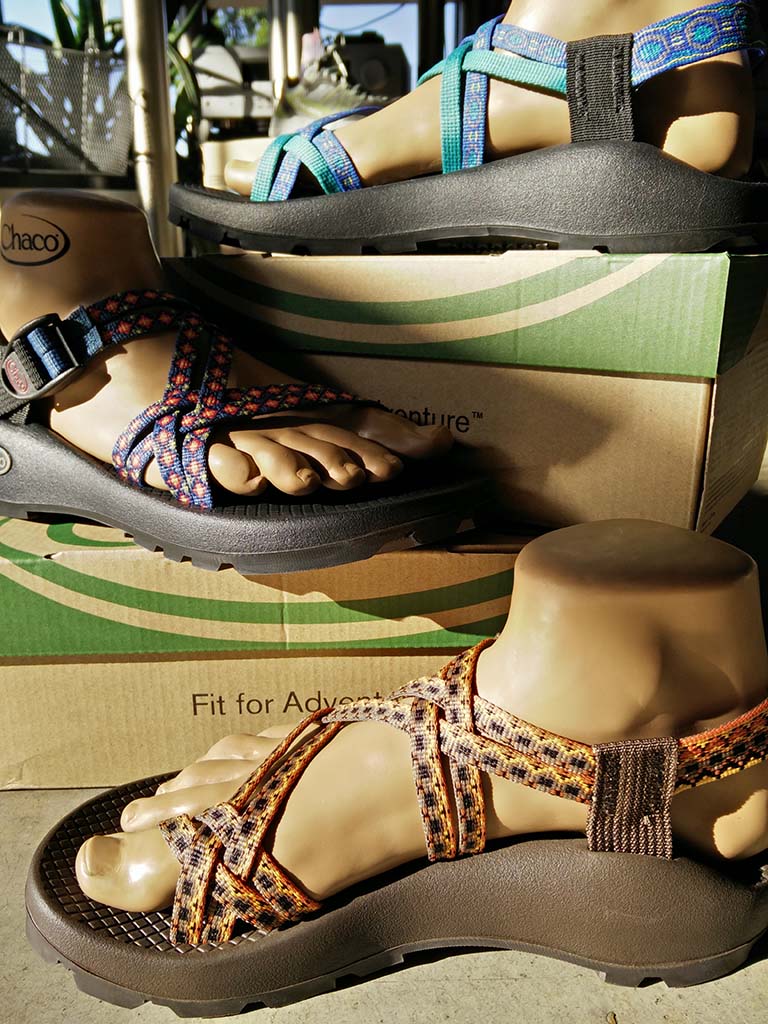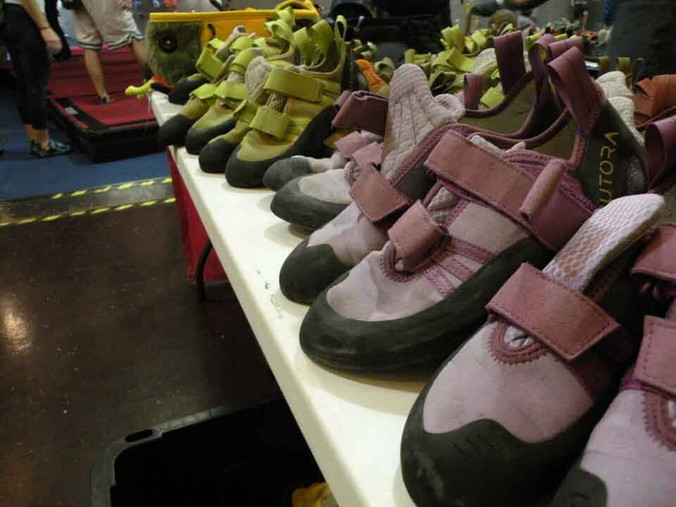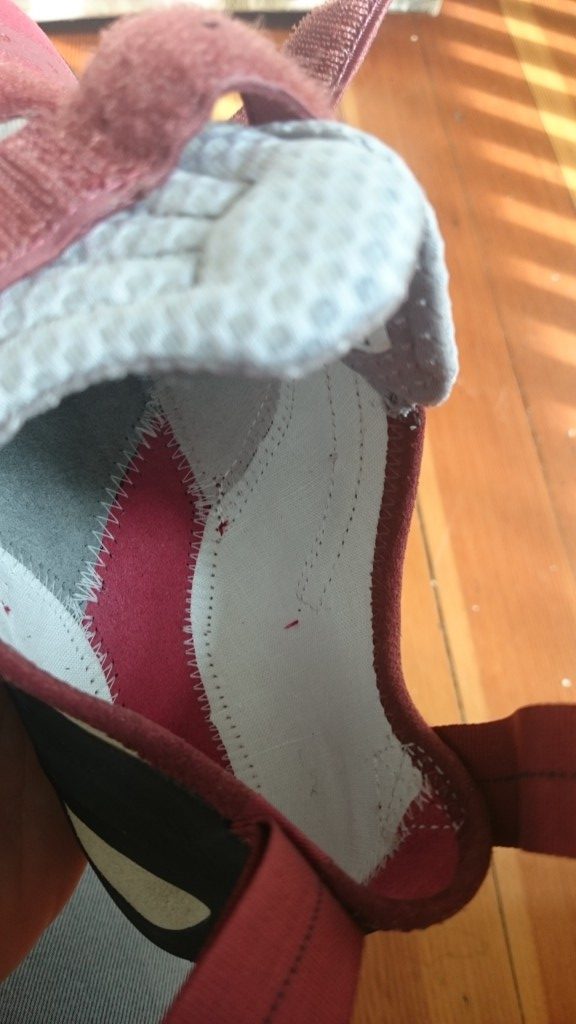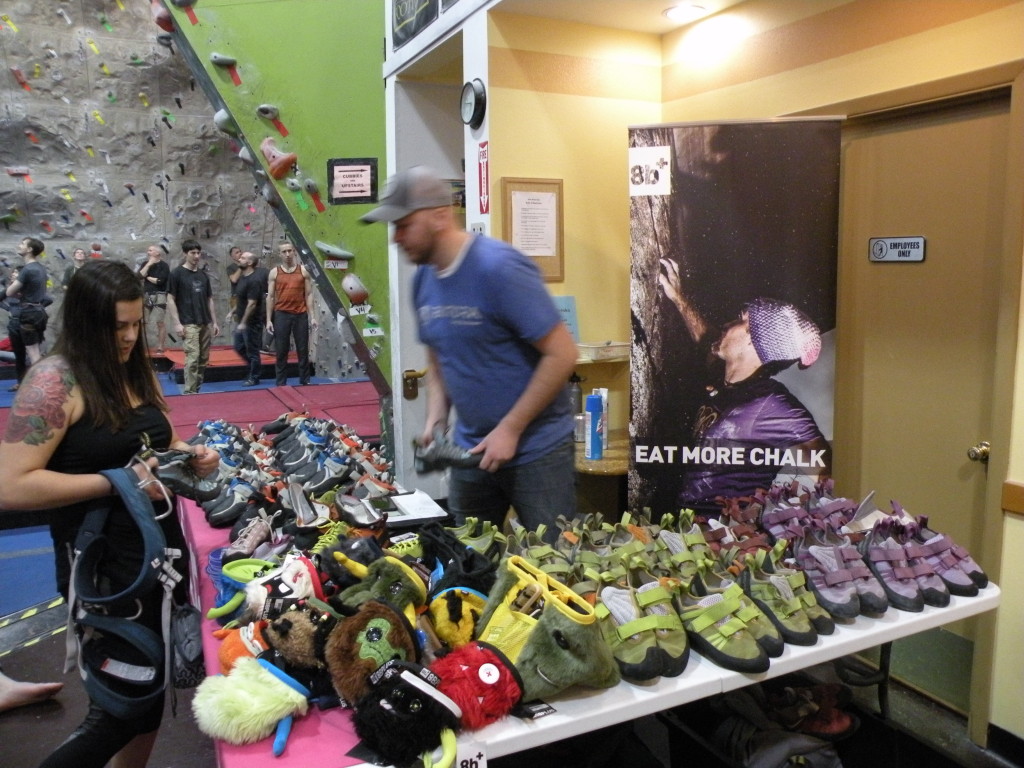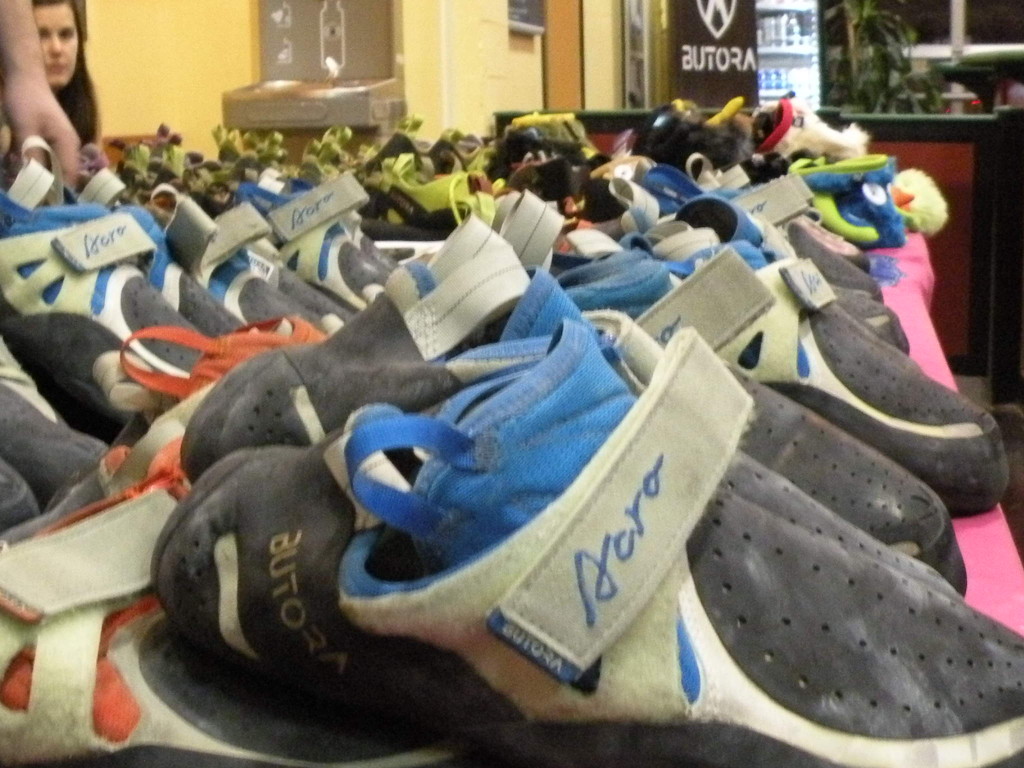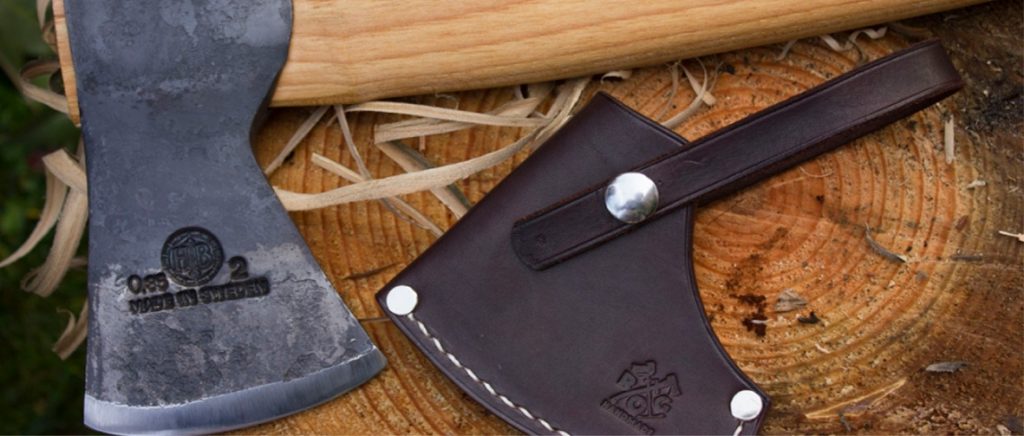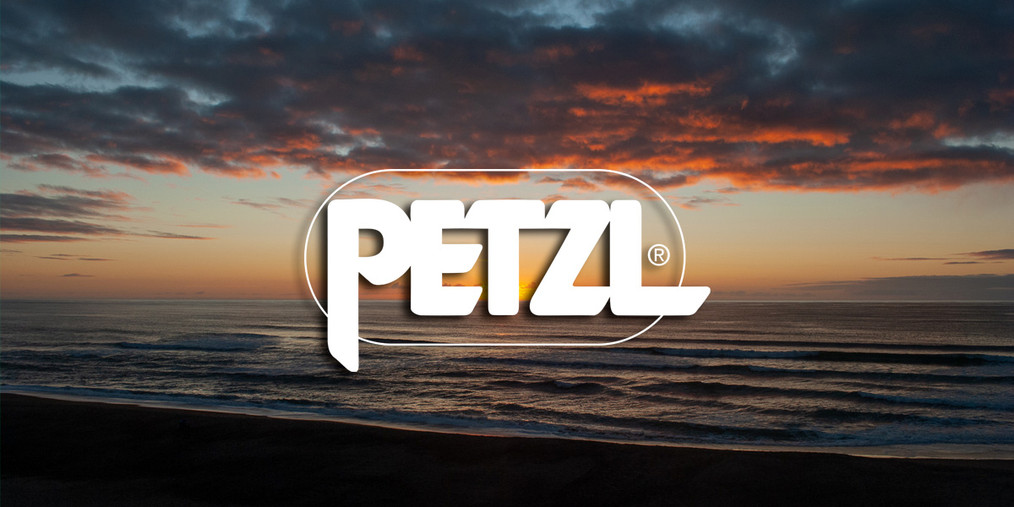
Three Petzl headlamps, three different uses. Although you could certainly use all of these headlamps for a number of activities, all three lend themselves to different tasks. We thought we would take time to introduce you to the Petzl’s Bindi, Swift RL, and Iko Core headlamps and give you our take on them.
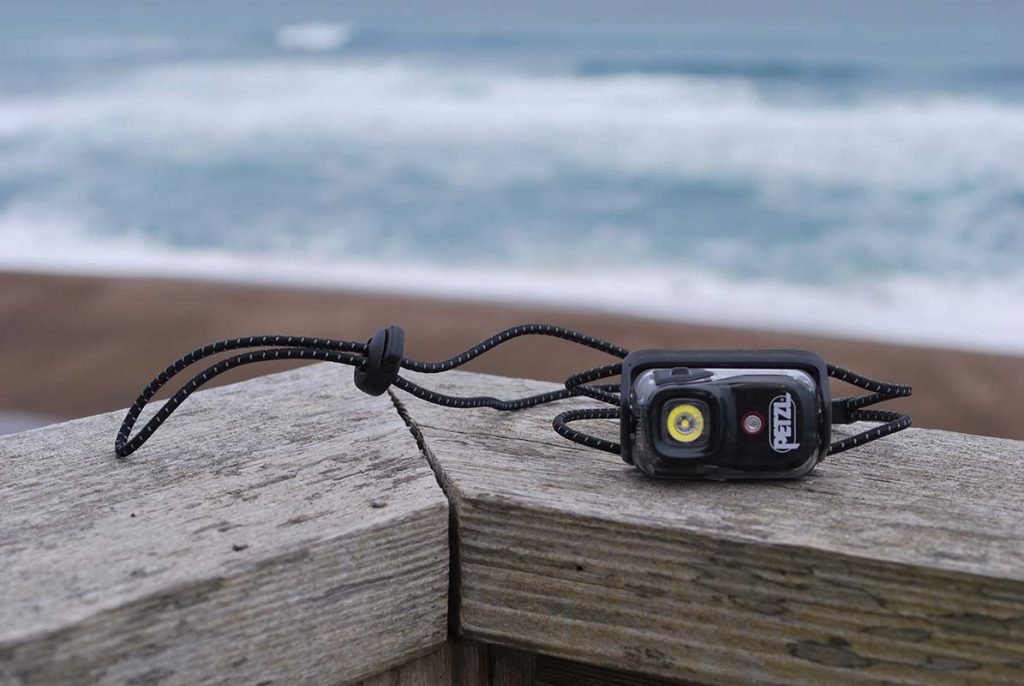
BINDI
Billed as the “ultra-compact rechargeable headlamp designed for everyday athletic activities” by Petzl, this 200 lumen micro-headlamp is perfect when you need something small and easy to carry. At only 35 g, the Bindi casts a 200 lumen flood off a 680 mAh rechargable (micro-usb) battery. It’s three white light intensities: low (5 lumens) and 50 hours of time, medium (100 lumens) and 3 hours of time, and high (200 lumens) and 2 hours of time. The red light comes with two settings, a low-intensity light that burns at 1 lumen for 33 hours and a strobe light, good for night cycling or running that will burn for 200 hours and is visible from 400 meters. It has two different locks, one digital and one physical, to prevent accidental activation of the headlamp when it’s packed.
We’ve found the Petzl Bindi the perfect light for around the camp, early morning hikes, and places where a lower brightness is needed. A perfect companion.
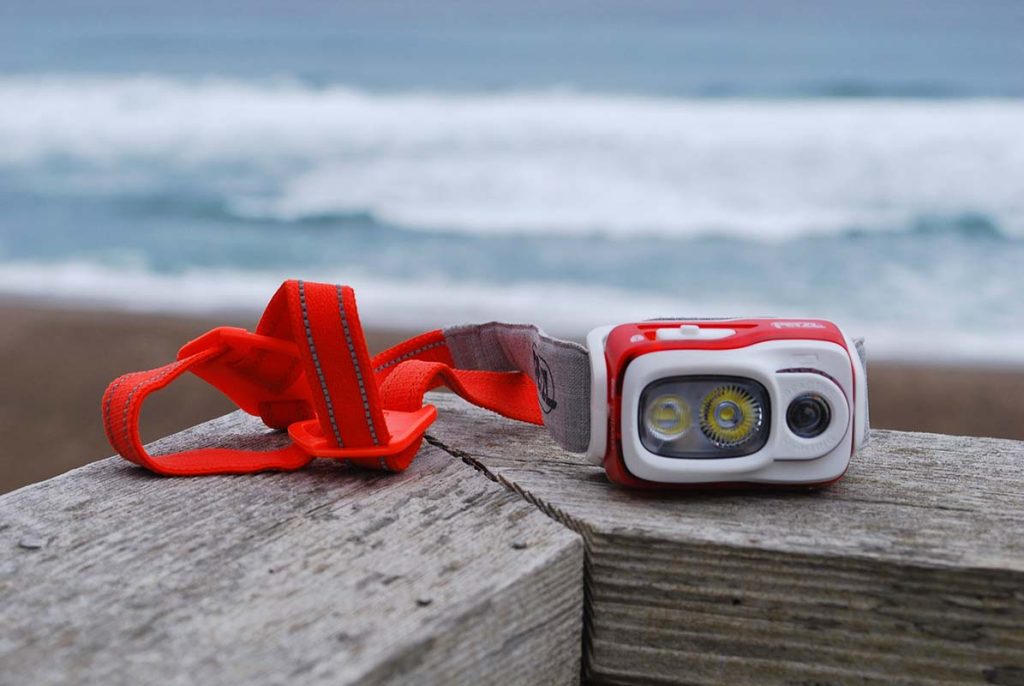
SWIFT RL
Featuring REACTIVE LIGHTING, a 1250 mAh replaceable battery, and a 900-lumen brightness, the SWIFT RL is the most powerful of the Petzl compact headlamps.
With a total weight of only 100 g, it definitely feels like it’s punching above its weight. Using REACTIVE LIGHTING technology, a sensor analyzes the ambient light and automatically adjusts brightness to your needs on the fly. Useful in dynamic and intense activities such as mountaineering, trail running and skiing, the Swift RL fits the bill when we need very bright light for longer, more technical activities.
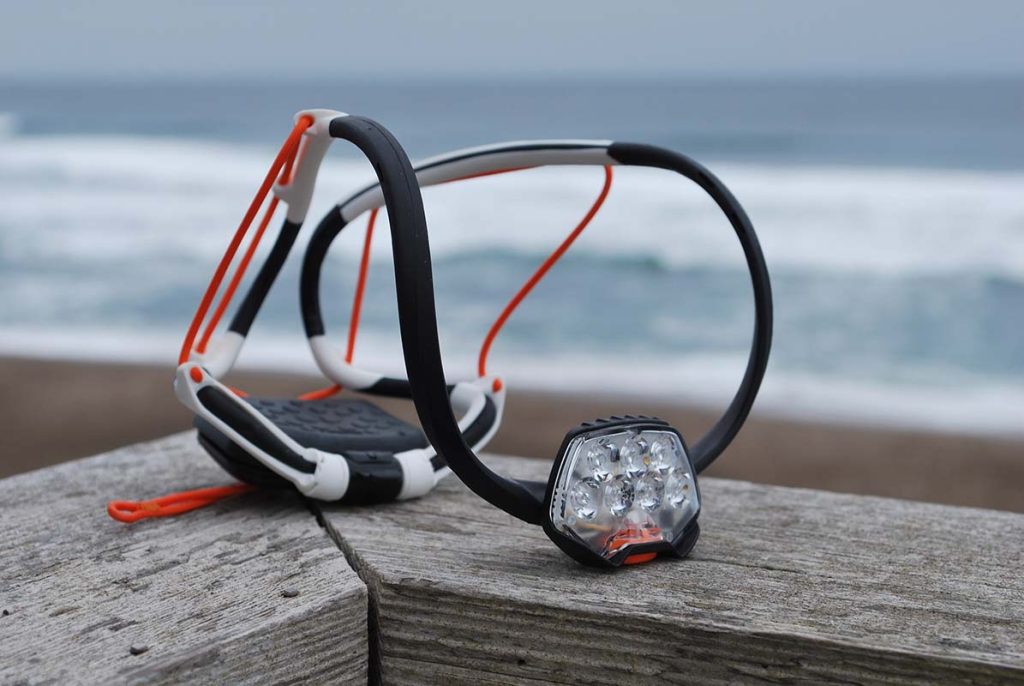
IKO CORE
Unlike any other headlamp we’ve seen, the IKO CORE brings together multiple technologies like an exceptionally thin and light 7 LED light panel, a thin battery pack that accommodates either the CORE micro-USB rechargeable battery pack or AAA batteries, and the ultra comfortable AIRFIT headband.
The IKO CORE rechargeable headlamp casts 500 lumens with a total weight of only 79 g. Between the AIRFIT headband, an ultra-thin lamp body, and an energy source worn in the rear, the headlamp is balanced and comfortable enough to be imperceptible. The IKO CORE is a wonderful “put-it-on-and-forget-it” piece of wearable tech that will integrate well with other soft headwear and possibly some helmets.

